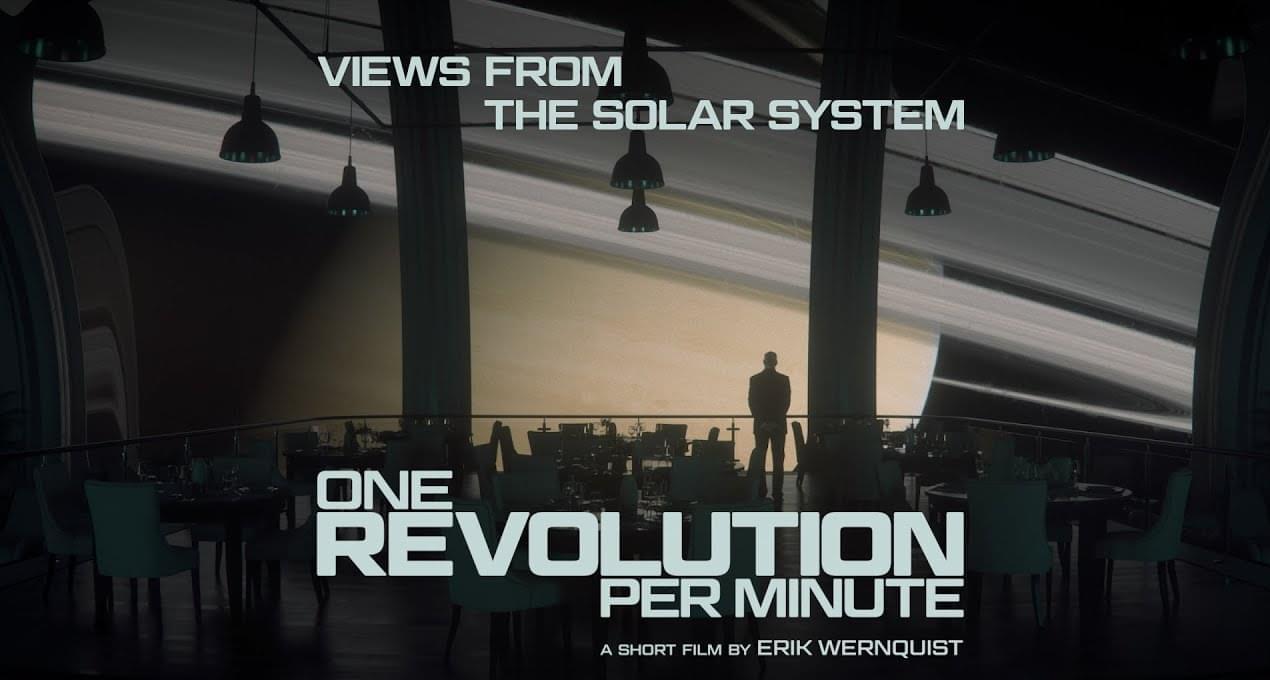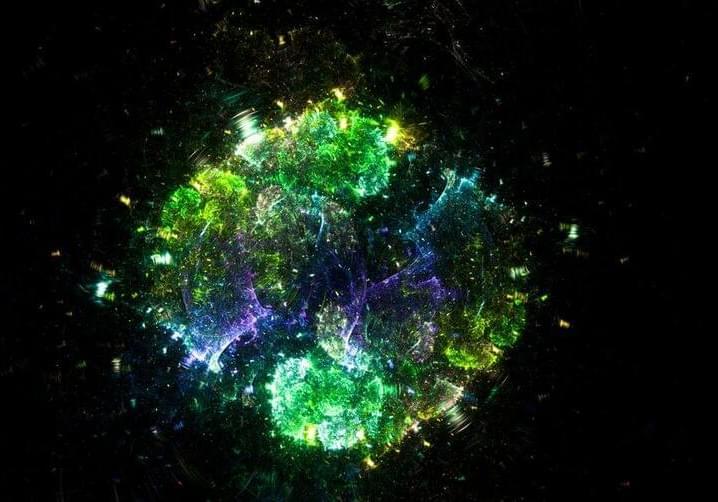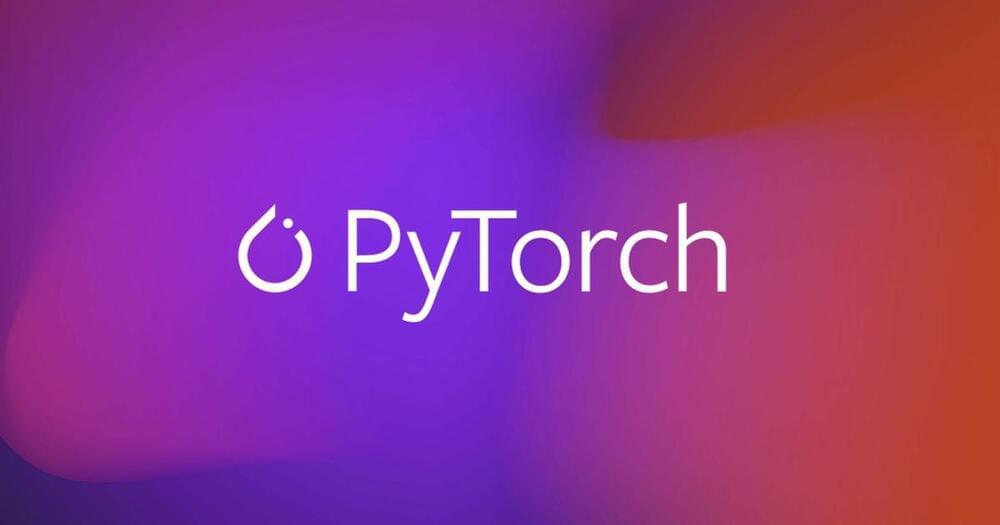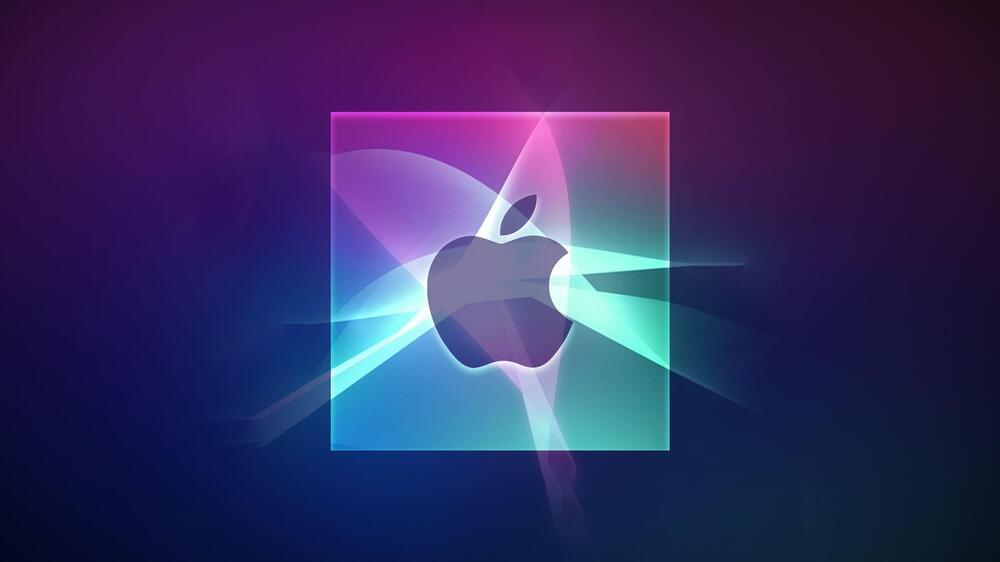A collaborative study by the University of Oxford and MIT has uncovered a 3.7-billion-year-old magnetic field record from Greenland, demonstrating that Earth’s ancient magnetic field was as strong as it is today, crucial for protecting life by shielding against cosmic and solar radiation.
A new study has recovered a 3.7-billion-year-old record of Earth’s magnetic field, and found that it appears remarkably similar to the field surrounding Earth today. The findings have been published today (April 24) in the Journal of Geophysical Research.
Without its magnetic field, life on Earth would not be possible since this shields us from harmful cosmic radiation and charged particles emitted by the Sun (the ‘solar wind’). But up to now, there has been no reliable date for when the modern magnetic field was first established.









